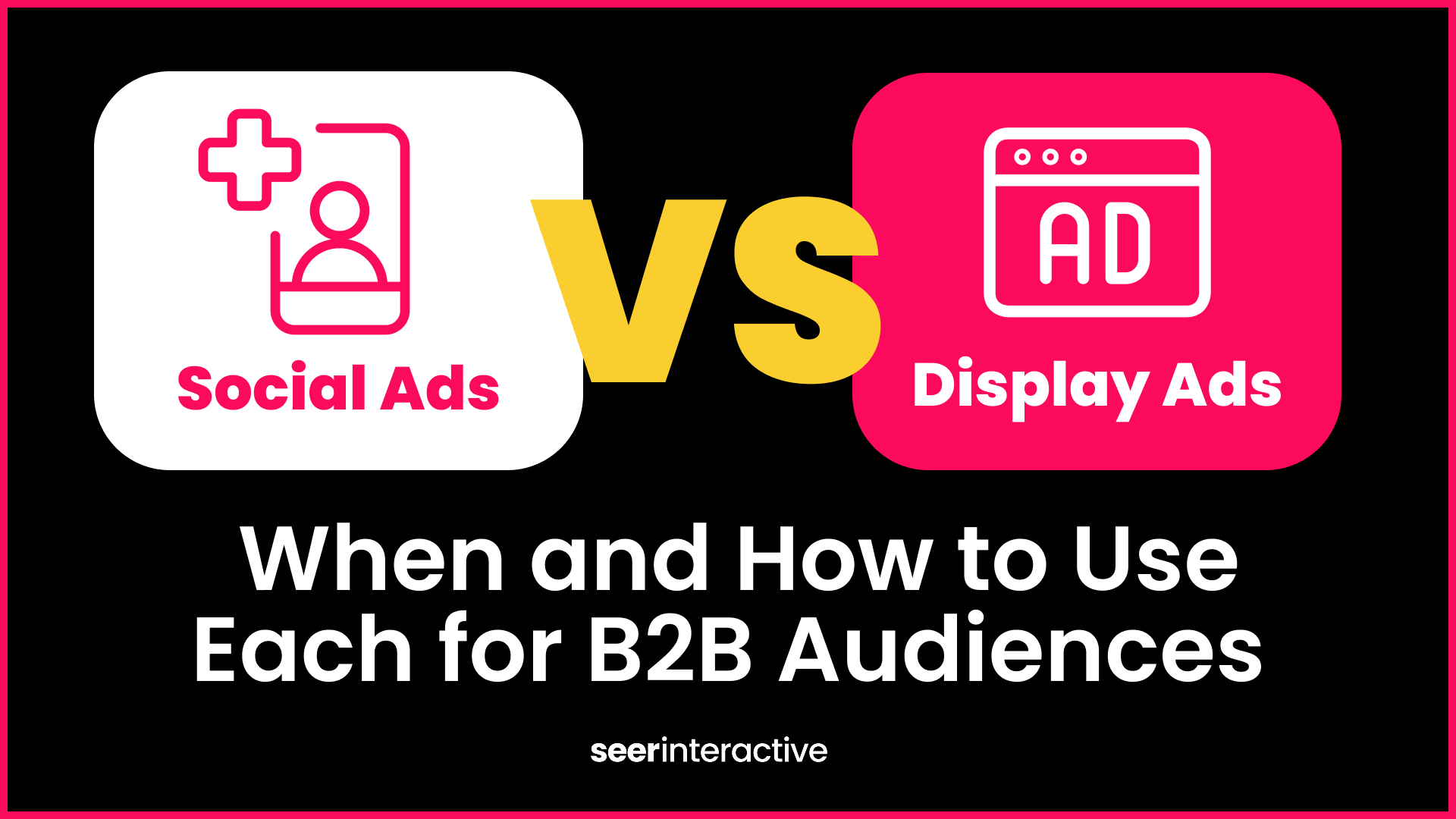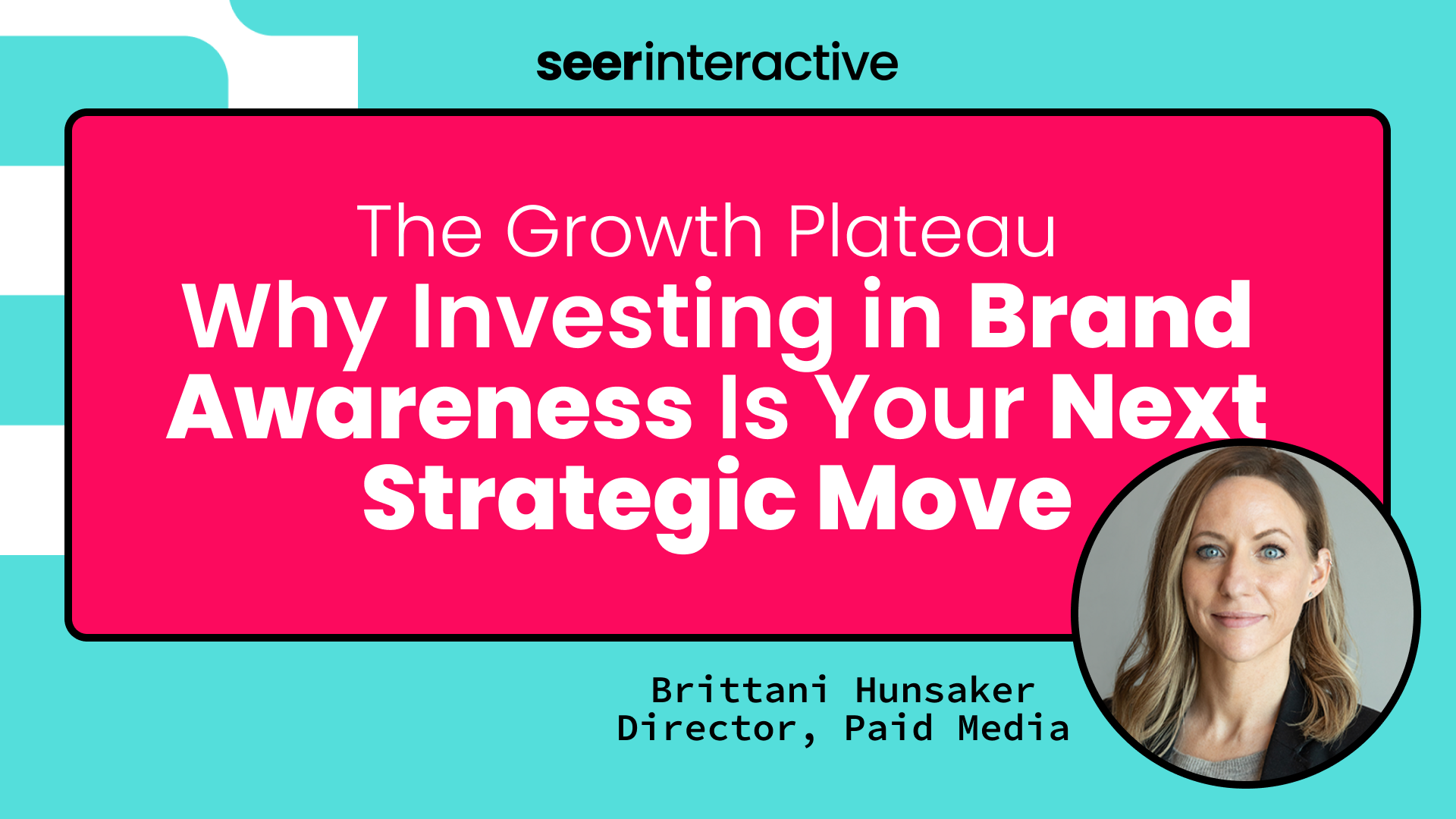Few topics in digital marketing spark more heated debates than branded search. Some marketers swear by it, insisting that bidding on your own brand name is essential for protecting high-intent traffic. Others argue it's a waste of money — why pay for clicks you’d get organically?
- "Am I just paying for traffic I would have gotten anyway?"
- "Should I be running on brand?"
- "Am I cannibalizing my organic traffic by bidding on my brand?"
It’s a tricky question because, as performance marketers, we instinctively measure brand demand growth through branded search. But how much of that demand is truly incremental, and how much is just a shift from organic to paid? The only way to cut through the noise and find the truth is through a well-structured incrementality test.
When Does It Make Sense to Pull Back on Brand Search?
Before you test, ask yourself: Is there even a reason to? Here are five signals it might be time to challenge the status quo:
- You’re Ranking #1 Organically
If your brand already owns the top organic spot for branded queries, you may be paying for traffic you'd get anyway.

- Branded Spend Is Climbing
If branded terms are eating up 20–30%+ of your paid search budget, it’s worth digging in. Are you getting what you pay for?
- Low Competitive Pressure
Check your Auction Insights. If few (or no) competitors are bidding on your brand, the risk of losing visibility is low.

- Efficiency > Volume
If you're optimizing for profit—not just clicks—testing branded spend can unlock budget to reinvest elsewhere.
- You Have Full-Funnel Visibility
Got CRM or LTV data? You're in a prime spot to measure real business impact—not just what happens at the click.
✅ If most of these ring true, it's probably time to test.
🚫 If none do, branded search might still be doing its job.
How to Run an Incrementality Test for Branded Search
Running an incrementality test effectively requires careful planning, a full-funnel perspective, and patience. Here’s how to do it right:
1. Define Your Test Period & Structure
- Match Your Test Duration to Your Goals:
-
- Short-term keyword overlap? → 4-8 weeks can be enough to assess if organic traffic picks up the slack when pulling back on brand ads
- Full-funnel CRM impact? → 3-6 months allows for deeper analysis of lead quality, retention, and lifetime value (LTV)
- Long-term brand impact? → 6-12 months helps uncover slow erosion in brand demand, direct traffic, and overall SERP control
- Consider Seasonal Factors: If your business has strong seasonal trends, ensure your test accounts for fluctuations in demand
- Use a Geographic Split (if possible): If your brand operates nationally, consider running the test in specific regions to isolate impact without affecting overall revenue
2. Analyze Keyword Performance Across Organic & Paid
- Use a branded search report to break down:
-
- Click-through rate (CTR) shifts between organic and paid
- Cost per click (CPC) vs. organic traffic gains
- Conversion rate (CVR) differences between organic and paid traffic
💡 Look for non-linear drop-offs. If pulling back on brand results in a significant decline in total search conversions, it may indicate true incremental value
3. Measure the Full-Funnel Impact (Including CRM Data)
- Too often, marketers rely solely on Google Ads data. This is a mistake
- Analyze CRM and first-party data to track how lead quality, retention, and LTV change when pulling back on brand spend
- Are these customers converting at the same rate long-term? If removing branded ads leads to a dip in revenue 6+ months later, you may be underestimating the true impact of brand protection
4. Look at Competitor Behavior
- If you pull back on branded search and competitors aggressively bid on your terms, what happens to conversion rates?
- Competitors owning your branded search real estate can siphon high-intent users who were already in the market for your brand
The Shocking Truth: The Impact Isn’t Always Immediate
I’ve run year-long incrementality tests in the past, and the most surprising takeaway is this:
🚨 The damage of not owning your brand doesn’t always happen overnight. 🚨
Often, a slow erosion occurs where organic traffic does not fully make up for the loss of paid. Over time, you may see:
- A decline in brand search volume as competitors capture users earlier in their journey
- A drop in direct traffic and conversions as brand awareness weakens
- A loss of SERP control, making it harder to shape the messaging users see when searching for your brand
The Marketer’s Mindset: Test… and Test Again
Here’s the reality: I’ve seen too many marketers run one test, get an inconclusive result, and never revisit it.
The marketers that win? They continue testing rigorously, looking for new ways to prove themselves wrong.
If an incrementality test didn’t work before, ask:
- Did I look at the right KPIs?
- Did I give the test enough time?
- Did I account for seasonality?
- Did I analyze the impact on retention, LTV, and full-funnel performance?
Brand search strategy isn’t black and white. The best marketers embrace the complexity, test iteratively, and let the data drive their decisions.
Final Takeaway
If you’re asking, “Should I be running on brand?” the answer is: test it. But don’t stop there. Test it again, and again, and again.
The only way to know the true impact is through structured, long-term testing that accounts for organic performance, full-funnel impact, and competitor behavior.
Are you brave enough to challenge your assumptions? Let's chat.


